Table Of Contents
What is Coral Fleece Fabric?
Coral fleece is a type of microfiber fleece, named for its soft and plush texture resembling coral. It is a synthetic fabric made from 100% polyester. Coral fleece gets its name from its soft, plush texture, which resembles the delicate feel of coral underwater. The material is lightweight yet incredibly insulating. It is perfect for cold-weather clothing and accessories.
|
Characteristics |
Details |
|
Coral Fleece Also Known As |
Coral Velvet, Plush Fleece |
|
Manufacturing Process |
Knitting and brushing to create a soft pile texture |
|
Appearance |
Soft, fluffy, velvety surface with a dense, plush texture |
|
GSM Range |
180–400 GSM |
|
Composition Range |
100% Polyester or Polyester-Cotton Blend |
|
Construction Range |
Warp Knitting with brushed pile structure |
|
Functionality |
Moisture-wicking, Anti-Pilling, UV-Protection, Wrinkle-Resistant |
|
Possible Thread Density Range |
190T–420T |
|
Count Variations |
75D, 100D, 150D |
|
Full Width |
57/58” or 59/60” |
|
Fabric Breathability |
Moderate |
|
Moisture-Wicking Abilities |
High |
|
Heat Retention Abilities |
Excellent |
|
Stretchability |
Minimal to Moderate (can be enhanced with spandex blends) |
|
Prone to Pilling/Bubbling |
Low to Moderate (depends on treatment) |
|
Country Where First Produced |
China (2000s) |
|
Biggest Exporter Country |
China (Exports over 60% of global supply annually) |
|
Recommended Washing Temperatures |
30°C–40°C (Machine washable, low tumble dry) |
|
Applications |
Blankets, Winter Wear, Baby Clothes, Plush Toys, Loungewear, Upholstery, Pet Products |
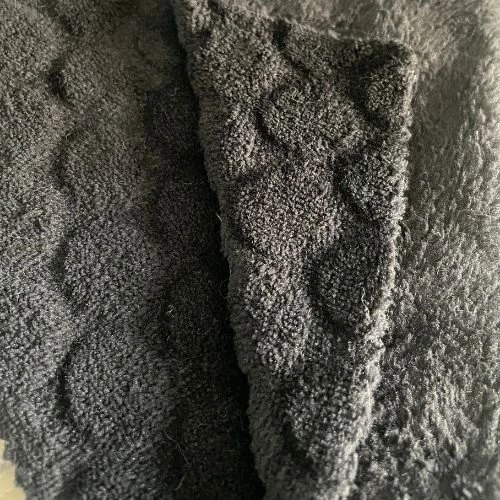
Figure: 100% Polyester Coral Fleece with Embrosed (Burn Out)
How is Coral Fleece Made?
Coral fleece undergoes a unique fabric manufacturing process:
- Fiber Spinning: Polyester fibers are spun into extremely fine threads, creating a soft texture.
- Weaving: The fibers are tightly woven to enhance durability and warmth.
- Brushing: The fabric is brushed on one or both sides, giving it a plush, fluffy feel.
- Dyeing: Coral fleece holds dye exceptionally well, resulting in vibrant colors and patterns.
Types of Coral Fleece Fabric
1. Based on Texture
- Plain Coral Fleece: Features a smooth, consistent surface with no patterns. Ideal for blankets, baby products, and winter wear due to its simplicity and softness.
- Printed Coral Fleece: Available in various vibrant designs. It is perfect for personalized home décor items like cushions, throws, and bedspreads.
- Embossed Coral Fleece: Includes raised patterns or textures. It is often used for luxury blankets. The embossed effect adds an elegant touch to the fabric while maintaining its warmth and softness.
2. Based on Sidedness
- Single-Sided Coral Fleece: Brushed on one side. This type is lightweight and economical. It’s often used in lightweight clothing or accessories where bulk isn’t required.
- Double-Sided Coral Fleece: Brushed on both sides. This version offers superior insulation and plushness. It’s ideal for winter jackets, heavy blankets, and premium loungewear.
3. Based on Composition
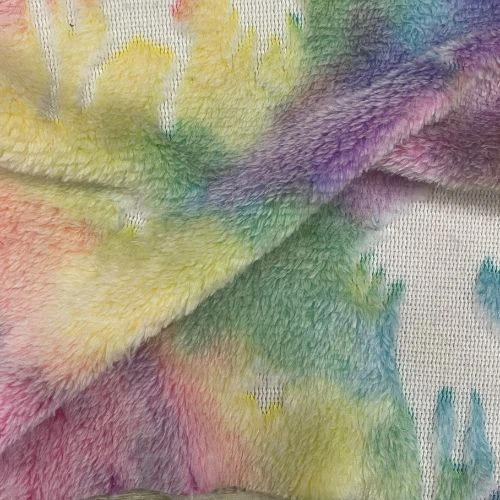
Figure: 100% Polyester Fleece
100% Polyester Coral Fleece: This is the most common type used in garments. It offers excellent durability, softness, and vibrant dyeing options.
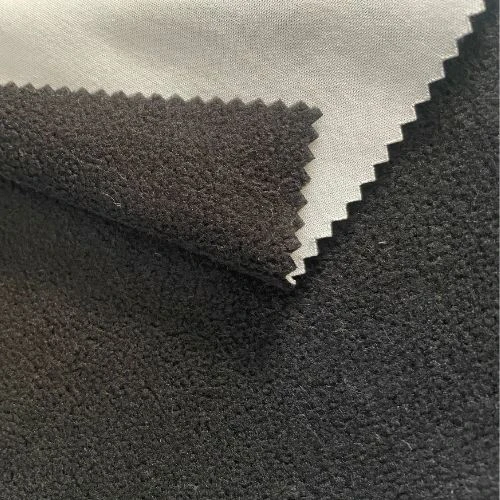
Figure: Polyester Fleece Bonded Interlock Fabric
Bonded Coral Fleece: Bonded with other fabrics like interlock for added properties like breathability, stretch, or texture variations.
4. Based on Special Features
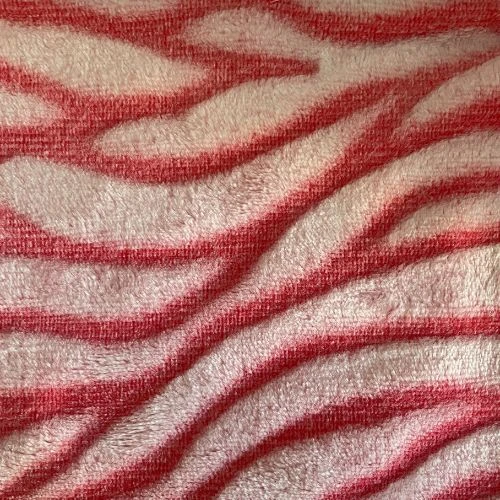
Burnout Coral Fleece
- Burnout Print: The acid burns out the cotton/ polyester, giving it a unique appearance.
- Anti-Pilling Coral Fleece: Treated to resist pilling. It maintains a smooth appearance even after repeated washing.
- Moisture-Wicking Coral Fleece: Designed for activewear or outdoor gear. This fabric effectively wicks moisture away from the body.
- UV-Protective Coral Fleece: Includes UV-resistant coatings for applications in outdoor clothing and accessories.
Key Properties of Coral Fleece
- Softness: Coral fleece is ultra-soft, often compared to velvet.
- Lightweight: The fabric is light and comfortable despite its warmth.
- Warmth: Its dense structure traps heat effectively.
- Durability: Resistant to tearing and pilling, it can handle regular use.
- Moisture Resistance: The synthetic fibers wick away moisture, keeping the fabric dry.
- Hypoallergenic: Coral fleece is suitable for sensitive skin.
GSM and Thickness Range
- GSM: Coral fleece typically ranges from 180 to 350 GSM. The higher GSM offers increased warmth.
- Thickness: The fabric’s thickness can vary. The heavier versions are used for winter wear and lighter for blankets or loungewear.
Care Instructions for Coral Fleece
To maintain its plush texture, follow these steps:
- Wash: Use a gentle cycle with cold water.
- Detergent: Opt for mild, non-bleaching detergents.
- Dry: Air dry or tumble dry on low heat. Avoid high temperatures.
- Avoid: Don’t iron or use fabric softeners, as they can damage the fibers.
Applications of Coral Fleece
Coral fleece is incredibly versatile. Here’s how it’s used:
- Clothing: Jackets, hoodies, pajamas, and babywear.
- Home Textiles: Blankets, cushions, throws, and bedspreads.
- Accessories: Scarves, gloves, and hats.
- Pet Products: Soft bedding and apparel for pets.

Figure: Polyester Spun Fleece Fabric
Advantages of Coral Fleece
- Warmth Without Weight: Perfect for layering or standalone winter wear.
- Low Maintenance: Easy to wash and quick to dry.
- Cost-Effective: Affordable compared to natural fabrics like wool.
- Customizable: Available in various patterns, colors, and thicknesses.
- Eco-Friendly Options: Some manufacturers use recycled polyester.
Coral Fleece vs. Other Fabrics
|
Feature |
Coral Fleece |
Sherpa |
Wool |
|
Softness |
Extremely soft |
Moderately soft |
Natural softness |
|
Weight |
Lightweight |
Heavier |
Heavier |
|
Durability |
High |
Moderate |
High |
|
Moisture Resistance |
Excellent |
Moderate |
Poor |
|
Cost |
Affordable |
Moderate |
Expensive |
Which one should you select? - Expert Opinion
- Coral Fleece fabric is softer, lightweight, and moisture-wicking, ideal for blankets and loungewear.
- Sherpa fabric is thicker, warmer, and mimics wool, perfect for linings and jackets.
- Wool is natural, breathable, and durable, best for insulation and outdoor wear.
The choice depends on the purpose—comfort (fleece), warmth (sherpa), or versatility (wool).
Conclusion
Coral fleece combines comfort, durability, and affordability in one fabric. Its versatility makes it a favorite for apparel, home textiles, and more. Whether you're layering up for winter or decorating your home, coral fleece offers the perfect balance of softness and functionality.
FAQs
1. What is coral fleece best used for?
Coral fleece is ideal for blankets, jackets, and winter accessories due to its warmth and softness.
2. Is coral fleece eco-friendly?
Some coral fleece is made from recycled polyester, making it a sustainable choice.
3. Can coral fleece cause allergies?
No, it’s hypoallergenic and suitable for sensitive skin.
4. How does coral fleece compare to Sherpa?
Coral fleece is softer and lighter, while Sherpa is heavier and better suited for extreme cold.
5. Is coral fleece waterproof?
While it’s moisture-resistant, it is not fully waterproof unless coated.





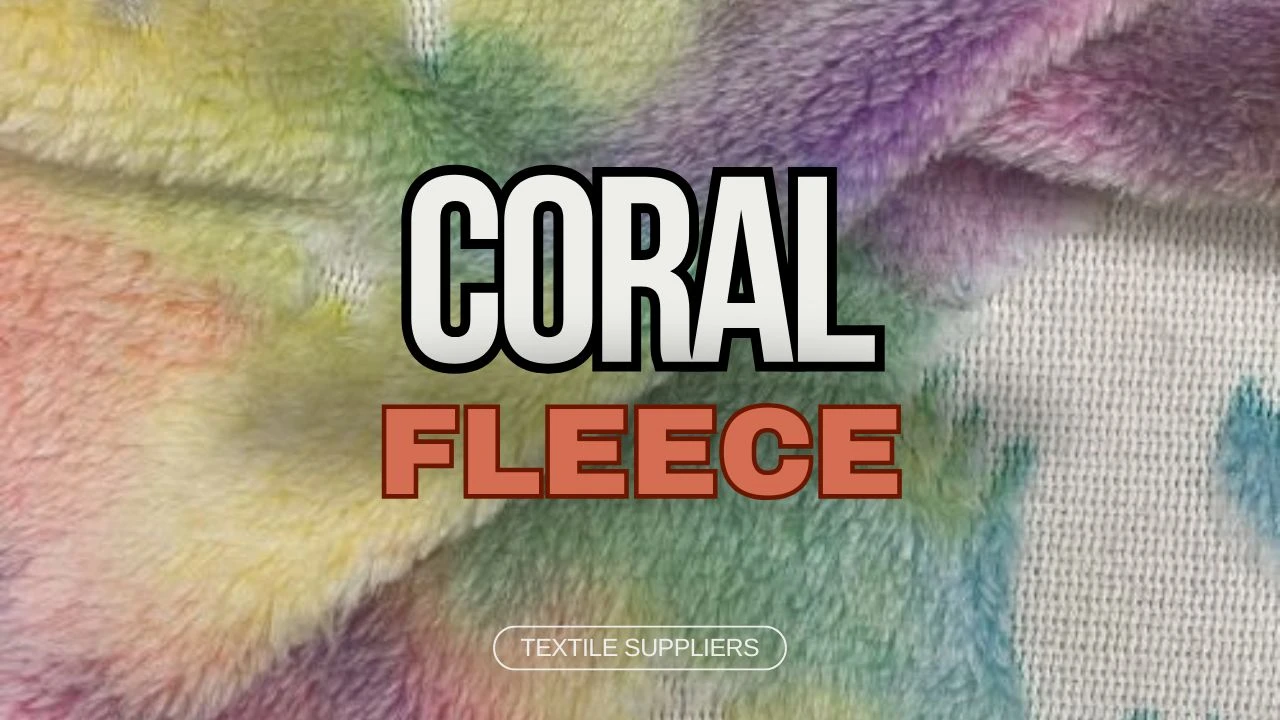
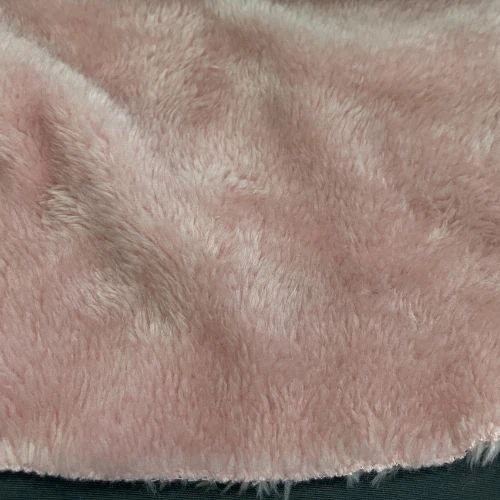
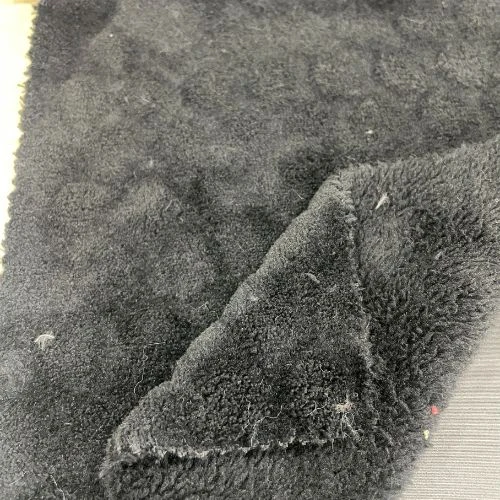
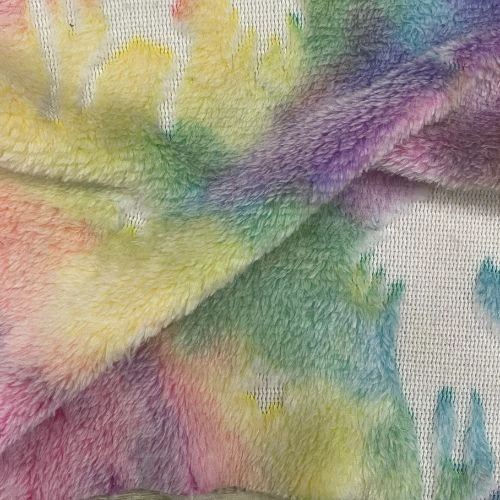
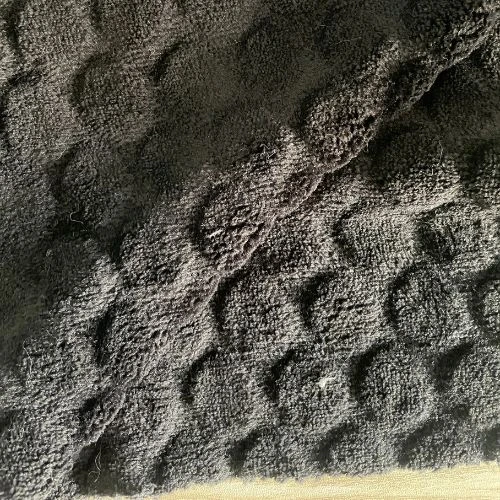
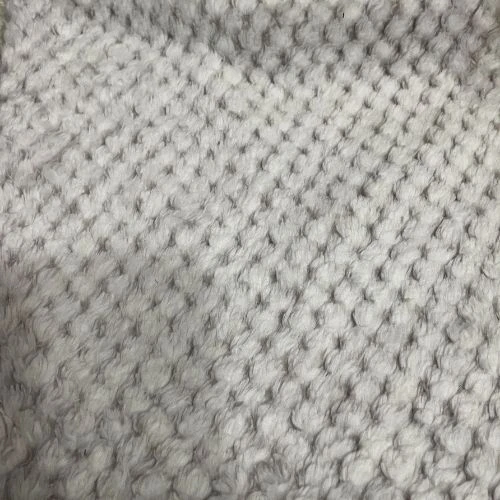
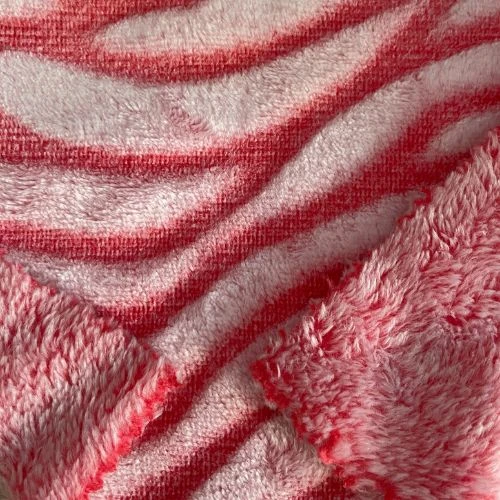
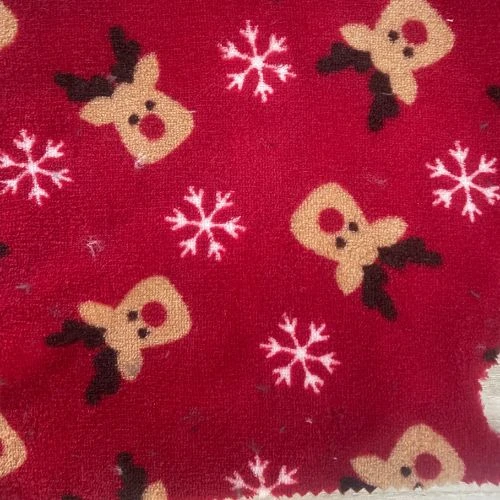
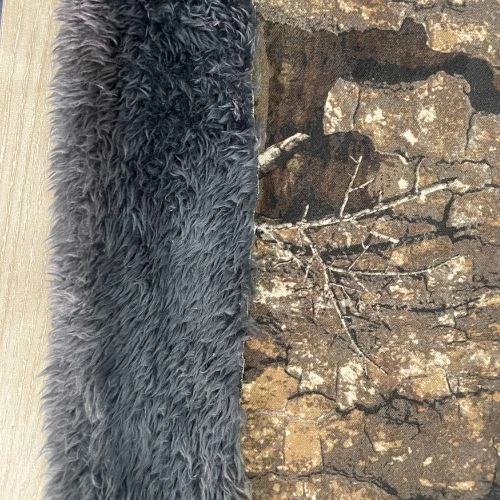
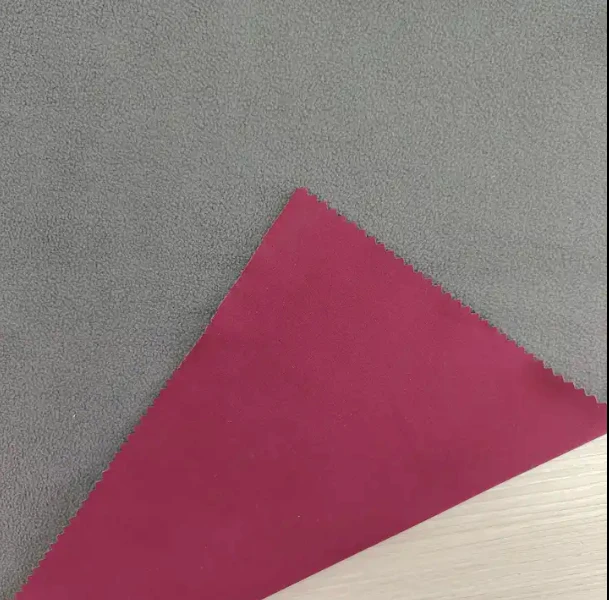
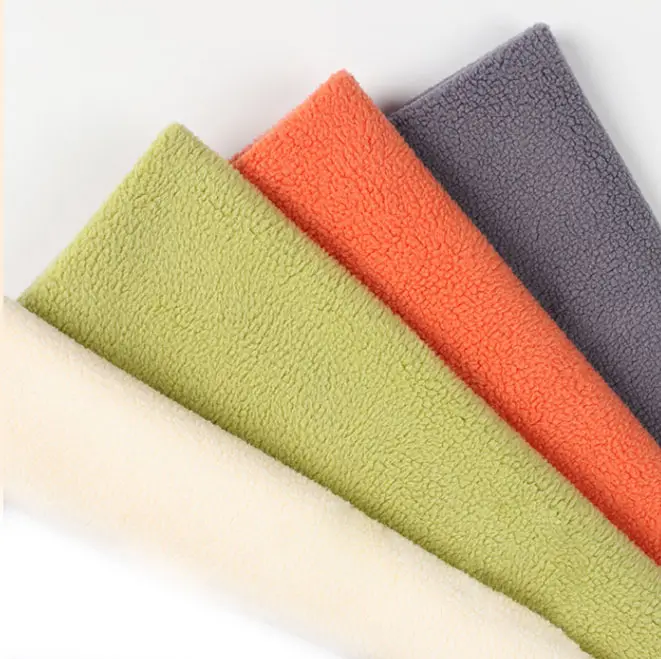
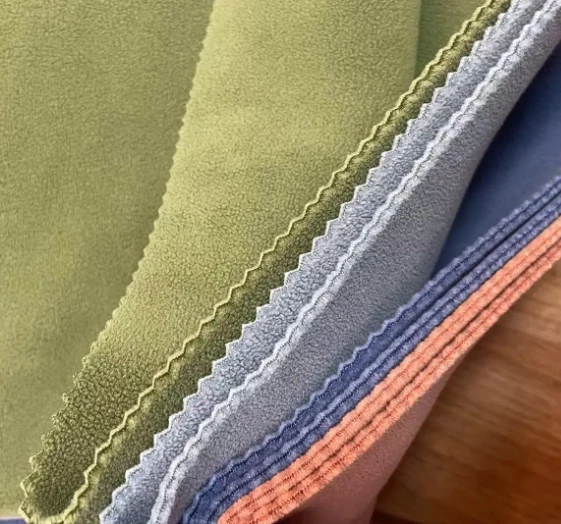
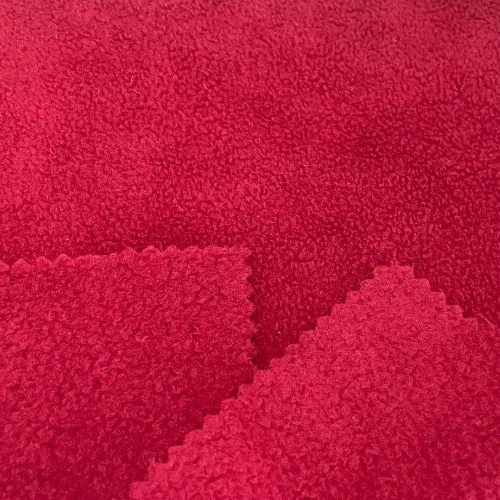
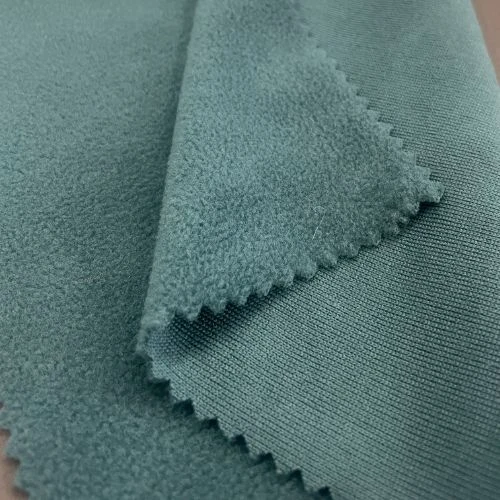





Comments - 00
Leave A Reply
Thanks for choosing to leave a comment.